In uncertain times, it is tempting to focus on short-term solutions to grow the business. However, if you want long-term success, you should invest in strategies to sustain your company. Customer retention is an essential part of any business’s strategy, and implementing these six strategies will help you retain more customers while providing them with a great experience!
One strategy to consider is doubling down on customer retention.
Businesses are being pushed to pivot at a faster rate than ever before.
The changes the market has experienced in the past five years have driven costs up for customer acquisition by 50%. Companies like Blue Apron and Homejoy have floundered, warning businesses that they need to look beyond just acquiring customers if they want scalability and profitability. [1]
Businesses are gradually switching from “How do we get more customers?” to “How do we keep the customers we already have?”.
The numbers behind this are pretty compelling.
Five years after a 2,5% churn, a company has gained 50% more revenue than the company with a 5% churn.

Before getting into tactics, let’s spend a minute thinking about how to measure your retention. When you get started with retention, the apparent first step might be to look at exit surveys or recently churned customers. It sounds counter-intuitive, but this is the wrong place to start.
Instead of looking at your best customers and why they stayed with your product and expanded their usage; instead, think about what actions these people took for them not only to stay on board but expand as well? What steps can we take from that information so other users will follow those same patterns when it comes time for them to use our service again?

There are many metrics to measure your retention, but the two most often cited examples are “activation” or “aha” moments. Think best illustrated by Chamath Palihapitiya and Facebook’s growth team in 2007.
Members who did things like adding seven friends in 10 days stood out as their best customers, whereas those who made only a few connections and then stopped were more likely to disappear after their first 30-day period was up.
There are many methods to measure customer activity, but logistic regression is one of the most effective. With this method, you can compute a week’s worth of dimensions and form a raw score that predicts how likely it is for them to retain.
There are many factors to use to measure retention, and it all comes down to what kind of product you have. Some examples can be:
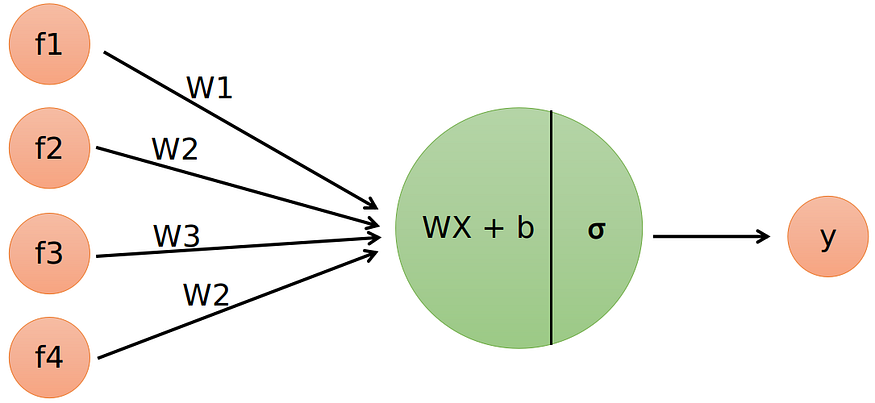
With logistic regression, you can use data to predict how likely it is someone will retain. If they score low on your prediction, send them an offer to upsell or regain their attention. The higher the retention rate percentage and probability predicted by using this method, the more confident one should be in making marketing decisions related to customers like these.
After researching and finding the best method for your company, you can start working on improving the retention rate.
To optimize the customer experience, try to do things like:
The concept of retention is not just about getting your customers to come back. It’s also about making sure that you’re building long-term relationships with them and helping to build their loyalty. These six tips will help you improve customer retention and create more loyal, happy customers in the process.
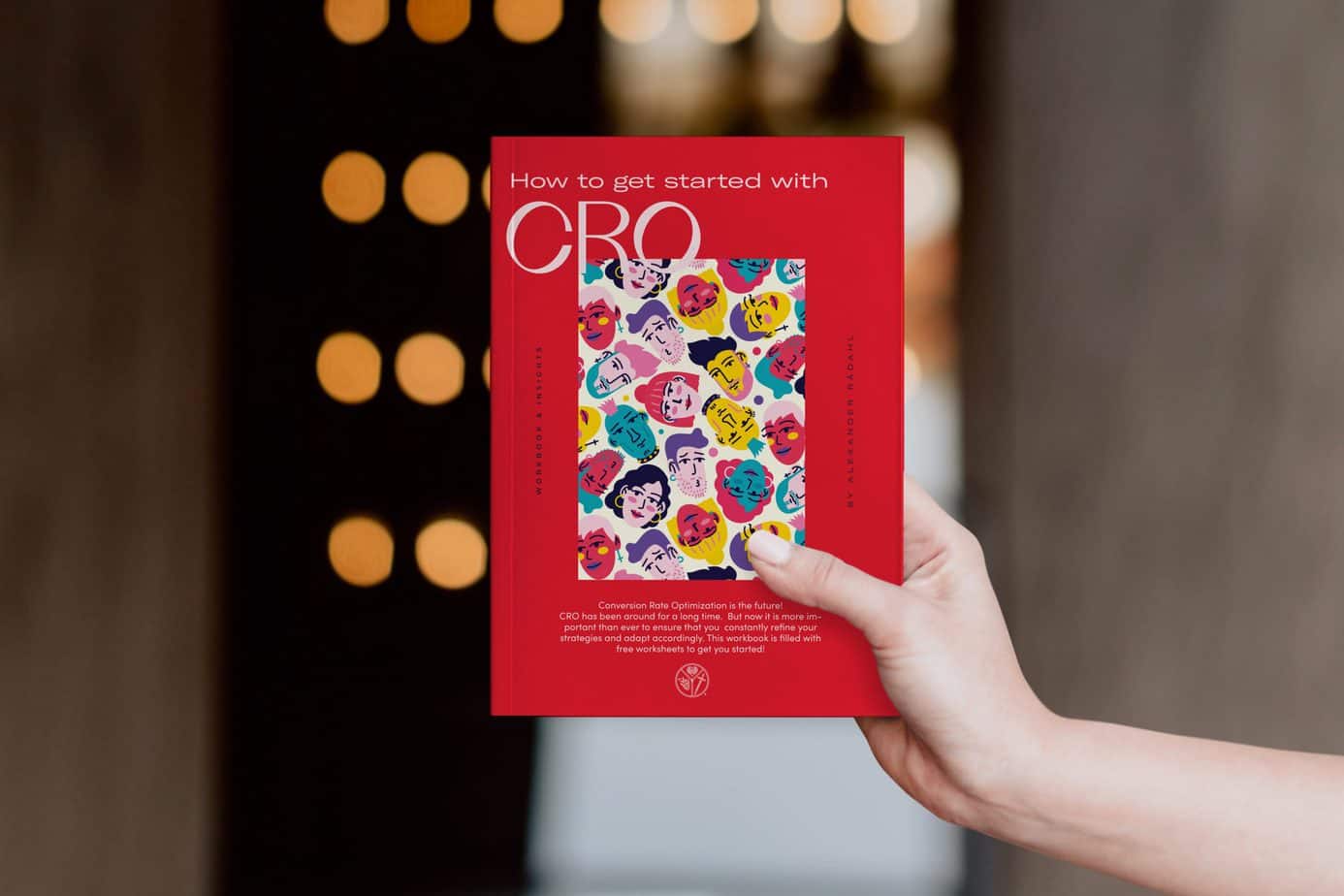
New products often see considerable drops in continued use within the first days of a user signing up. That’s because new users often don’t know what they want to do with the product or haven’t yet figured out how it can help them. One thing you could offer is a list of suggested high-value actions for your customer to take.
After signing up and creating an account, Facebook prompts people with many helpful ways to use the site. It asks if I want notifications about friends’ birthdays or my favorite sports teams’ games (I said yes!), wants me to connect with more people on Messenger, and suggests I share photos from my camera roll that are geo-tagged in the area I am currently in or just visited. This helps the user see how they can use the product and how it can help them.
This can often be achieved with helpful in-app messages that come at the right time — this can be on a page where users often need help or just a tip to make your service more useful.
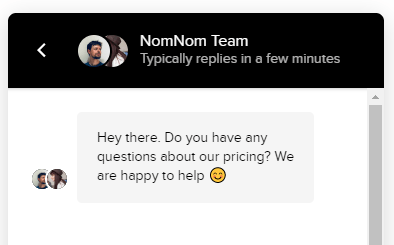
I’ve found that 54% of users who received the message in this example converted, which is a pretty good percentage!
The feedback I got from these messages was overwhelmingly positive and helped us improve customer experience by focusing on high-value actions for our customers to take.
It’s not just about helping our product be more helpful or getting them to sign up again — it’s also about providing exceptional service so they know where they can find help when something goes wrong and need it most.
Tools to use:
Keep track of how much time a user spends actively using your product, not just the number of actions they take. Lincoln Murphy said: “What many SaaS providers would believe is an ‘active’ user…is really a huge, ugly churn threat.” And it does hold water in most circumstances.
One way to do this is by taking note of when users log in and out of the app or site and calculating their average session length over multiple weeks (or months). This will give you more insight into what customers are doing inside your product each day than simple metrics on page views or clicks might provide.
Even if users spend the same amount of time in your product as before, they may use your most valuable features less. So it’s vital to have the tracking in place and know what your users spend time on.
If someone starts logging in less frequently, for shorter sessions or uses less valuable features — or if people have been logged out for a while, which is usually a sign of inactivity — it may be time to start looking at the customer journey and see if there are any on-boarding, user experience or product updates that might need tweaking.
ActiveCampaign does this well. They send out emails when a user has been inactive for a while, asking them if they need any help. This kind of email looks like it’s handwritten and personalized to you with an easy call-to-action to schedule your free demo! That way, customers can get back on their feet fast without feeling abandoned by the company.
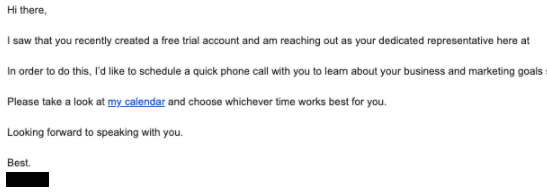
There are two types of products in this world: “Vitamins” and “Painkillers.”
Understanding the value your product solves is the key to turning a vitamin into a painkiller. One way to do that is by showing how much ROI your product has to their organization.
The ROI you’re showing here is key to proving that your product solves a pain point for the company.
You may not think this is a big deal, but it’s worth mentioning to your customer that you’re saving them time and money. You could do this through monthly email or by displaying the numbers in real-time on their dashboard so they can see how much of an impact these features are making for themselves!
A major problem with customer retention is that many companies see it as a one-time event. Customer retention isn’t just about getting the sale in the first place but also ensuring they stay happy and engaged for years to come.
The key is being proactive — not reactive. You want to be there before your customers start looking elsewhere because you know what will make them keep coming back! It takes time, effort, and money to keep your customers.
Sales representatives traditionally try to find the “champion” in a company, which is willing to fight through obstacles to adopt a new product and implement change at the organization.
While it’s compelling to have someone fighting for you in your corner, there is an inherent risk attached — if the champion is the only person to advocate for you, what happens when they leave?
In engineering, this is known as a single point of failure. If a single part of the system fails, the whole system breaks down.
That’s why customer retention campaigns should be explicitly run with this audience in mind — not just product champions but also their teammates and colleagues who work closely with them daily on projects.
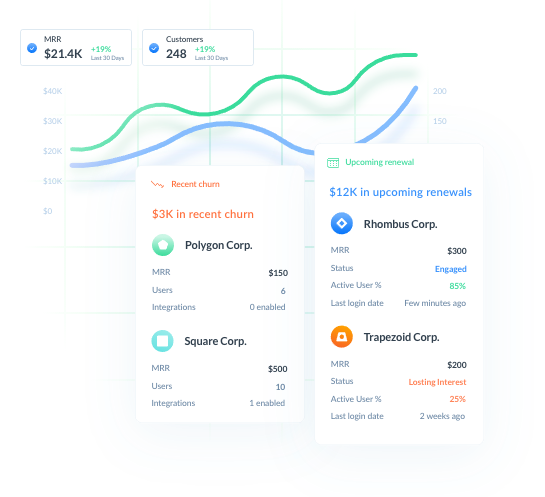
To combat this, you can utilize tools like Vitally’s customer success platform that ingests all your data into 360° profiles to allow you to monitor the health of the account proactively.
Tools like these enable companies with more than one product or service to be successful by understanding which customers are at risk of churning from other products in addition to what they’re currently using.
This way, each individual can receive personalized retention campaigns instead of blanket ones sent out across an entire company.
The Amazon Prime cancellation page is five pages long and has multiple calls to action. It’s scientifically engineered to make you think twice about canceling your subscription.
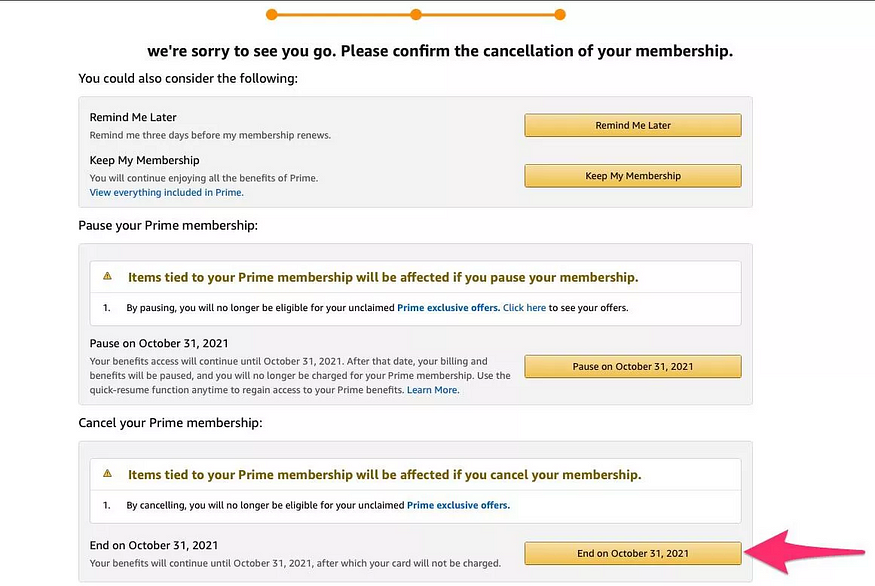
Some of these tactics stray into the dark side of UX, appearing downright manipulative at times. Headspace launched an optimization campaign that helped reduce churn by up to 10%.
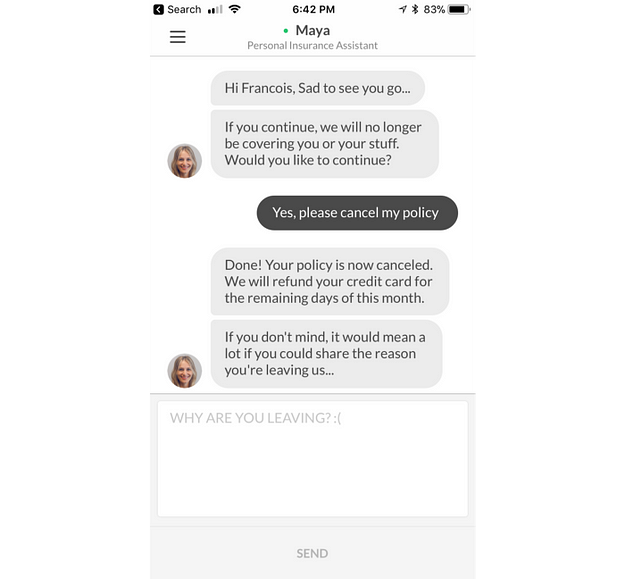
Implementing measures like limiting involuntary cancellations can significantly reduce churn rates. For instance, accidental cancellations or missed payments account for a significant percentage of all canceled subscriptions. Implementing safeguards against this type of thing can have dramatic consequences on reducing total churn numbers.
To ensure that this does not happen, you can track your users (as we already talked about earlier) and then send a gentle reminder to pay. And then, to ward off other types of cancellation problems, you can create an automated email that sends out a reminder when someone’s credit card is about to expire. As these are transactional emails, keep personalization simple — the amount due or the final four digits of the card that’s expiring.
Churn is a natural thing for any business, so it’s essential to understand why customers are churning and address them if possible. Acknowledge their reasons for leaving to make them feel valued. You can ask them a churn survey to better understand the underlying motivations and find out what you need to change.
It’s possible they felt like there was no value or growth potential left at your company. You might be able to win over these customers by showing how much more they could grow with you than elsewhere.
Churn is expected as part of any business unless it has some monopoly on its industry; however, you choose to reduce the churn by implementing a strategy to win the customers back to your product and show them why you’re the best at what you do.
Without a solid strategy and understanding of what drives your customers to churn, you are bound to lose them in the long term. A customer-centric approach means that you should actively listen for feedback on how they feel their expectations have been met or not met by our products and services.
Long-term success is all about making smart investments in strategies that will sustain your business. Customer retention is an integral part of any company’s strategy, and implementing these six strategies can help you retain more customers by giving them a great experience!
To understand what causes customers to stay with your company, first take a look at what drives people away from it. Encourage new signups to take high-value product actions early on, so they feel like the investment was worth their time. Catch signs of unhappy customers early and communicate ROI frequently throughout the customer lifecycle if possible or through campaigns targeted towards expansion usage beyond just the product champions who are already loyal users.
Have you tried out any of these principles? Let me know in the comments.